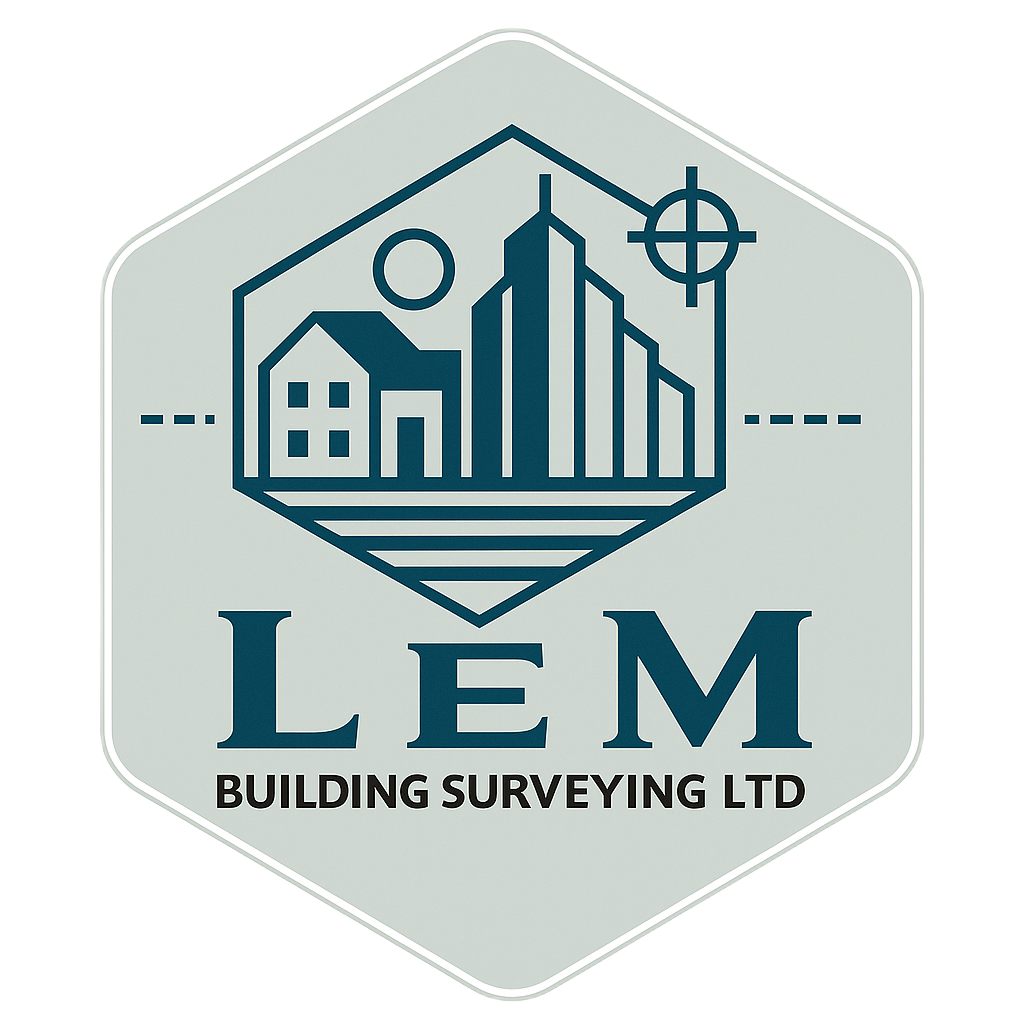Damp & Mould Action Plan Checklist
Housing regulators expect landlords to maintain proactive damp and mould action plans. Follow this checklist to evidence compliance, protect residents and prioritise the right remedial work.
1. Document the Property & Occupancy Baseline
Start by recording construction type, heating systems, ventilation provision and household makeup. An accurate baseline helps you tailor interventions and demonstrate you understand the property’s risk profile. Map previous damp complaints or repairs to highlight recurring hotspots.
- Gather floorplans, photos and any historic contractor reports.
- Log internal temperatures and relative humidity during different seasons.
- Note tenant vulnerabilities so remedial work can be prioritised appropriately.
2. Commission Independent Diagnostics
A robust plan relies on impartial evidence. Commissioning an independent damp and mould survey or damp & timber report ensures defects are traced to their source, not masked by temporary fixes. Our damp and mould action plan service combines site inspection, moisture profiling and photographic documentation ready for board reporting.
3. Monitor Moisture & Ventilation Performance
Ongoing monitoring proves that remedial works are effective. Deploy data loggers in problem rooms and review results at agreed intervals. Where condensation is significant, schedule a ventilation assessment to benchmark extract rates against Approved Document F requirements.
- Record readings in a shared dashboard so estate teams and contractors can access updates.
- Highlight spikes in humidity that relate to specific behaviours or equipment failures.
- Plan seasonal spot checks to ensure improvements remain effective during colder months.
4. Prioritise Repairs & Funding
Rank remedial actions based on risk to health, structural integrity and legal obligations. Quick wins may include clearing gutters, reinstating air bricks or tweaking heating controls. Larger projects—such as roof repairs or lime plaster reinstatement—should be budgeted within your asset management programme.
Independent reports make it easier to brief contractors, compare quotes and evidence value for money. Where legal claims are ongoing, impartial recommendations provide a clear defence.
5. Engage Residents Throughout
Action plans fail when residents are left out of the loop. Schedule timely updates and provide practical guidance on ventilation, heating and reporting issues early. Consider providing dehumidifiers or temporary accommodation when major works are unavoidable.
- Share a simple summary of findings and agreed actions with each household.
- Offer clear channels for residents to report new concerns with guaranteed response times.
- Document conversations and keep them with the survey evidence for regulator reviews.
6. Review & Update the Plan
Damp and mould management is ongoing. Revisit your action plan every quarter or after significant works. If new complaints arise, update the evidence base and schedule follow-up inspections. This cyclical review demonstrates compliance with the Housing Ombudsman’s recommendations and keeps stock condition data current.
Need Support Delivering the Plan?
LEM Building Surveying works with social landlords, managing agents and private portfolios across North Wales and Cheshire. From diagnostic surveys to project monitoring, we supply the independent reporting regulators expect. Explore our additional surveying services or request a tailored proposal to strengthen your damp and mould strategy.
Need even more detail? Review our damp survey options guide, escalate complex buildings with a RICS Level 3 Building Survey, and coordinate estate-wide actions through the area insights on our local survey coverage pages.
